From Resolutions to Reality: How To Make Your Athletic Goals a Success in 2023
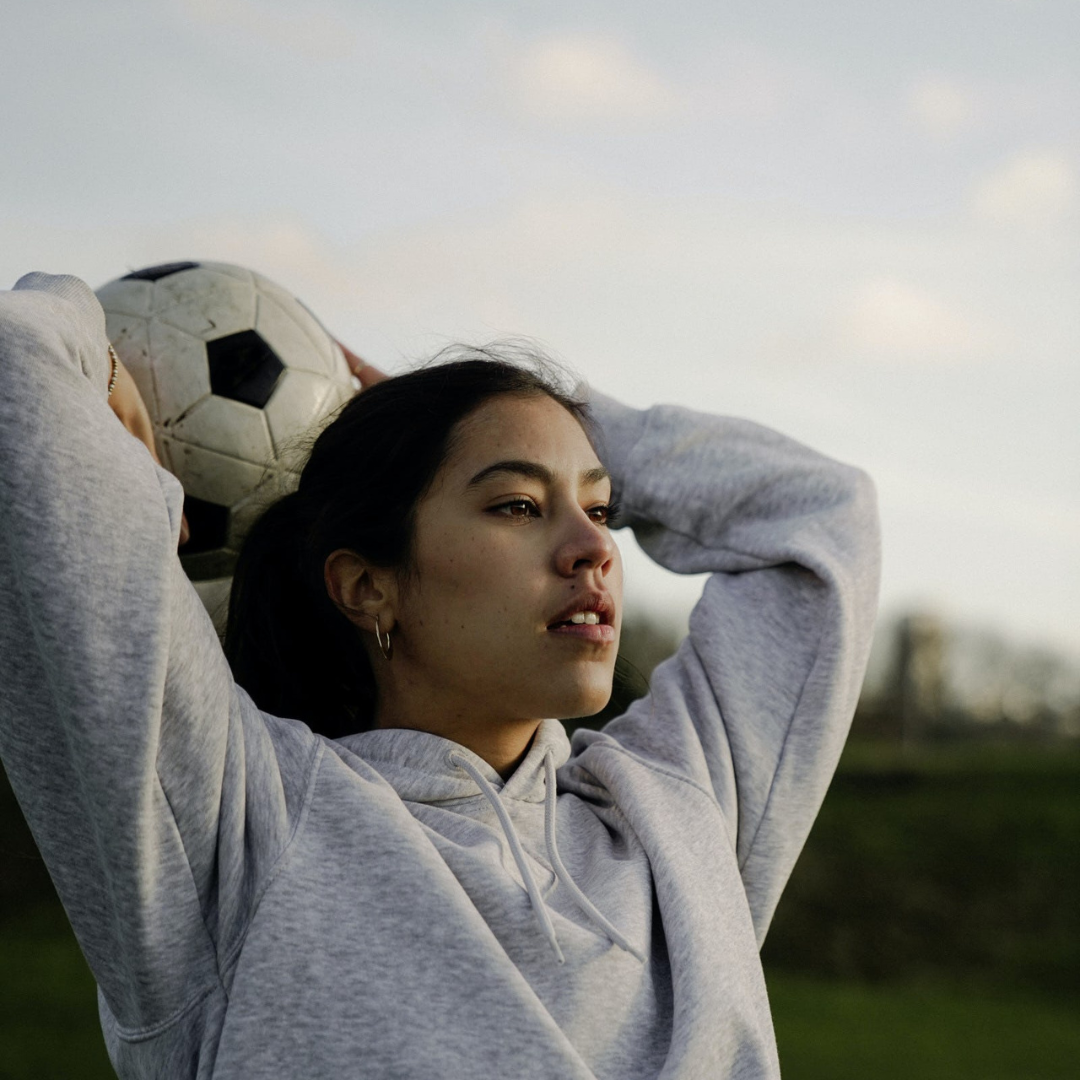
Welcome to the new year! As we turn the page on another calendar, it's the perfect time to set some new goals and make some resolutions for the year ahead. If you're a sports enthusiast, chances are that one of your resolutions is to improve your athletic performance or take your training to the next level. Whether you're a seasoned athlete or just starting out, setting and sticking to effective New Year's resolutions can be a challenge. But with a little planning and some smart strategies, you can make this the year that you finally achieve your sports nutrition and performance goals.
Turn Goals Into Habits
One key to achieving your New Year's resolutions is to turn them into habits. According to Lally, Van Jaarsveld, Potts, and Wardle (2010), habits are formed through repeated actions, and it takes an average of 66 days for a behavior to become automatic. This means that it's important to be consistent in your efforts, setting aside dedicated time each week to train and work towards your goals. Verplanken and Orbell (2003) also found that the frequency of a behavior, the length of time it has been performed, and its psychological importance all influence the strength of a habit. In other words, the more often you perform a behavior and the longer you do it, the more automatic it becomes.
Be Benefit Focused
Another strategy for making your New Year's resolutions stick is to focus on the benefits of reaching your goals. Rather than focusing on the challenges and obstacles you might face along the way, try to keep your eyes on the prize and the positive impact that achieving your goals will have on your life. This might include improved health, increased energy, and endurance, or a sense of accomplishment and pride in your achievements (Duhigg, 2012).
To create lasting change, Duhigg (2012) suggests replacing old habits with new ones using the "habit loop," which consists of a cue, a routine, and a reward. By identifying the cues that trigger certain behaviors and replacing the old routine with a new one, you can create a new habit that serves your goals rather than hindering them.

Slow and Steady
Finally, don't be too hard on yourself if you don't achieve your goals right away. The journey towards improved sports nutrition and performance is often filled with ups and downs, and it's important to be patient and persistent in your efforts. Remember, progress is often slow and incremental, and it's important to celebrate the small victories along the way.
In conclusion, making effective New Year's resolutions for your sports nutrition and performance goals is all about being realistic, having a plan, being consistent, focusing on the benefits, and being patient and persistent. With these strategies in mind, you can make this the year that you finally achieve your goals and take your athletic performance to the next level.
References:
Lally, P., Van Jaarsveld, C. H. M., Potts, H. W., & Wardle, J. (2010). How are habits formed: Modelling habit formation in the real world. European Journal of Social Psychology, 40(6), 998-1009.
Verplanken, B., & Orbell, S. (2003). Reflections on past behavior: A self-report index of habit strength. Journal of Applied Social Psychology, 33(6), 1313-1330.
Duhigg, C. (2012). The power of habit: Why we do what we do in life and business. Random House.






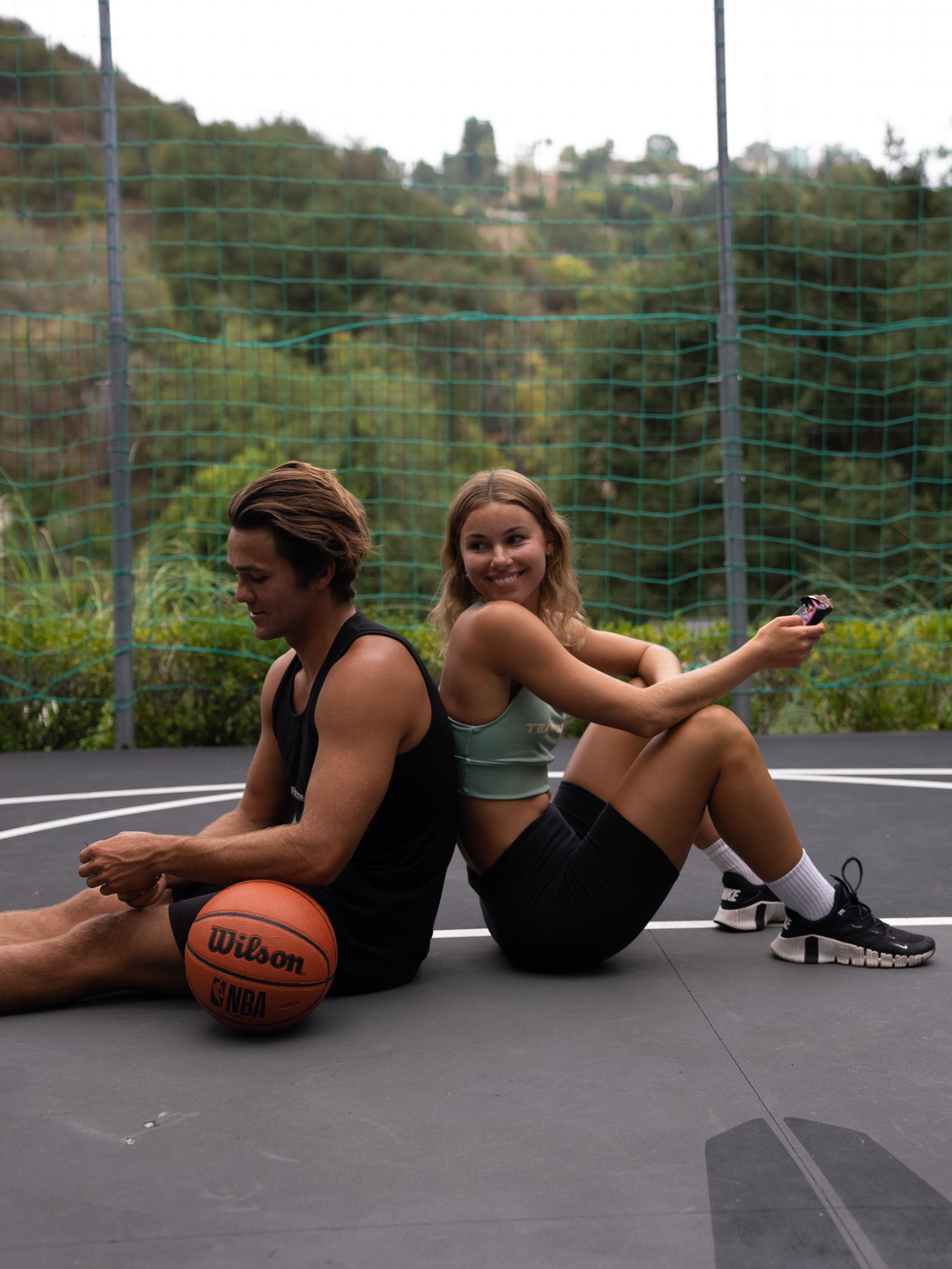


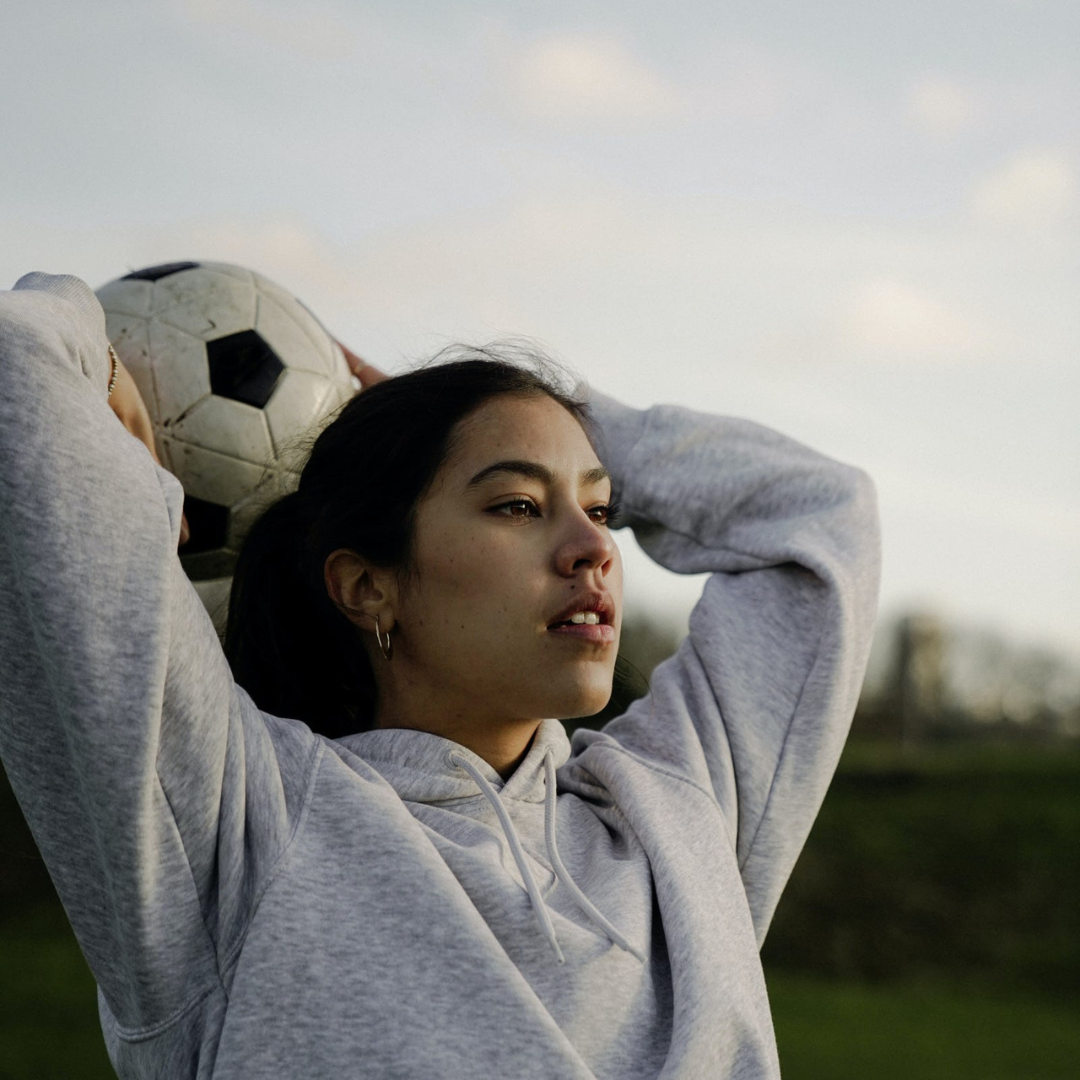
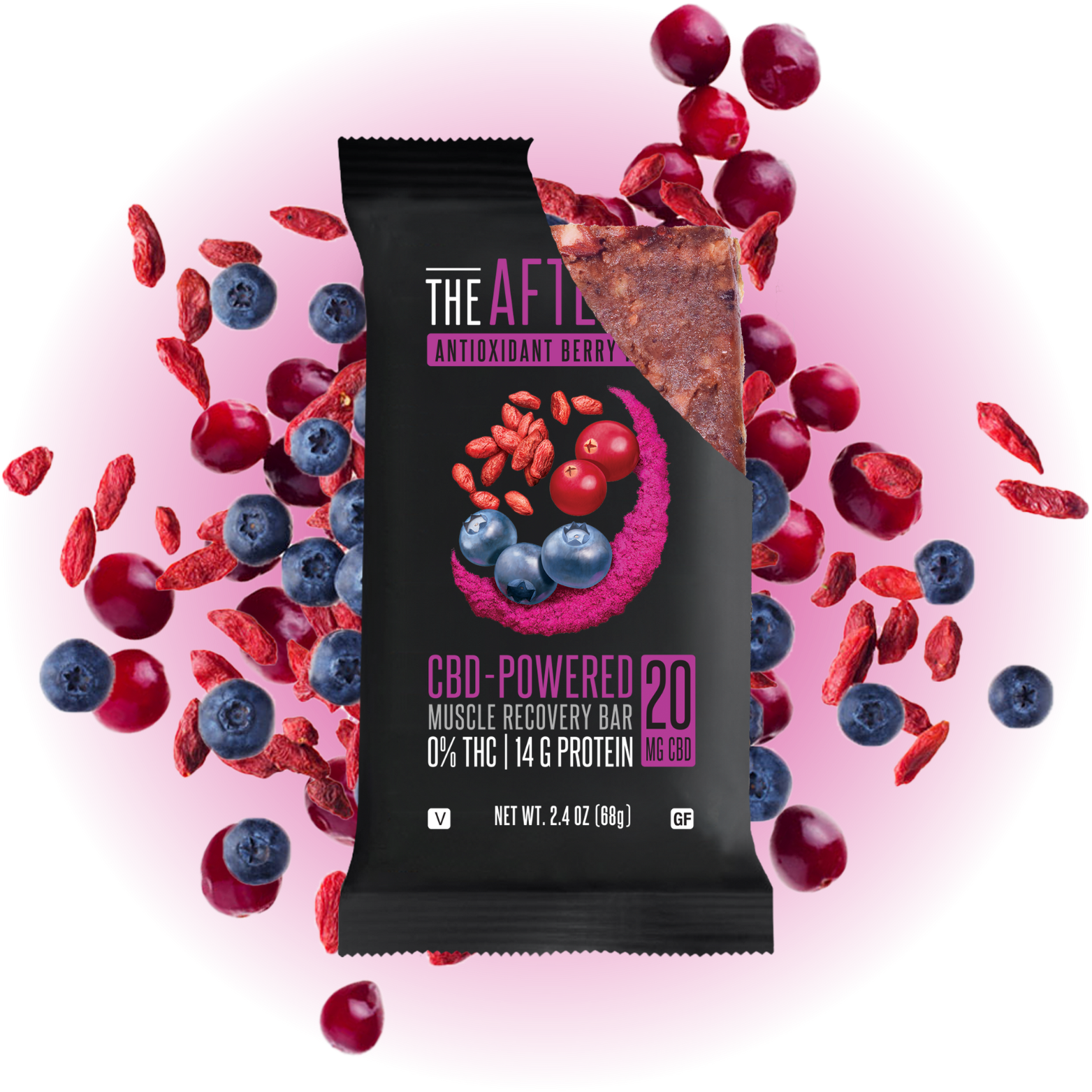
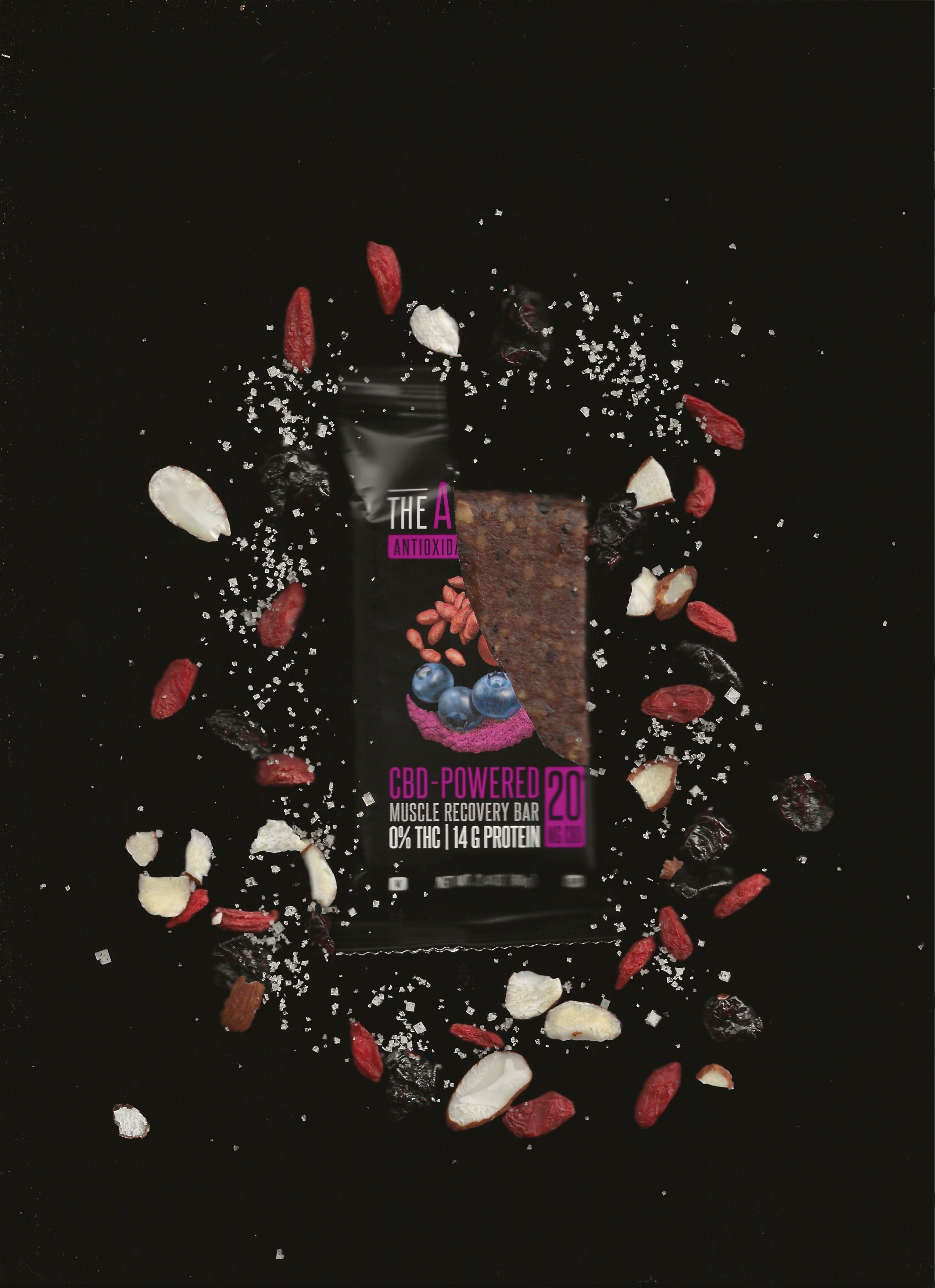
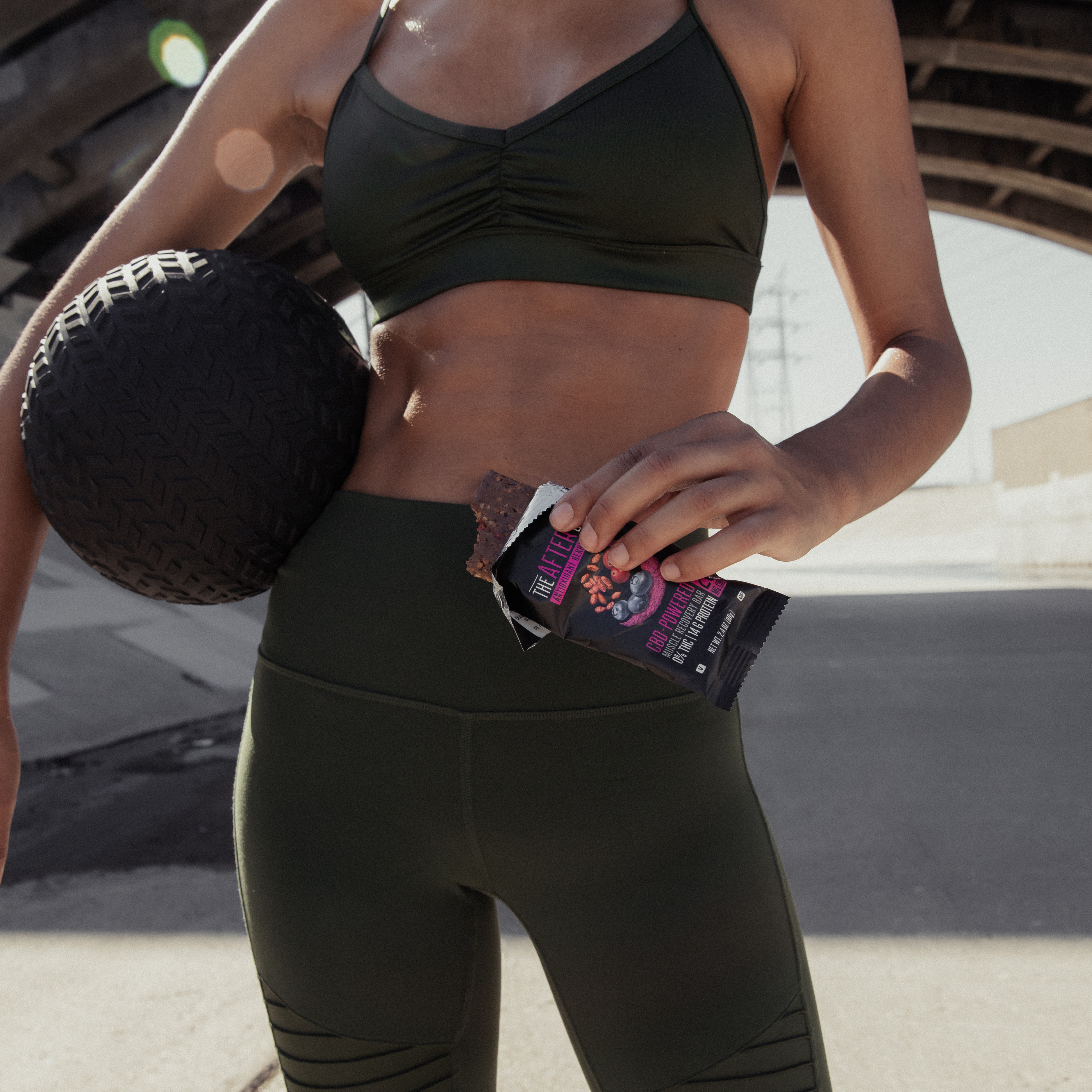
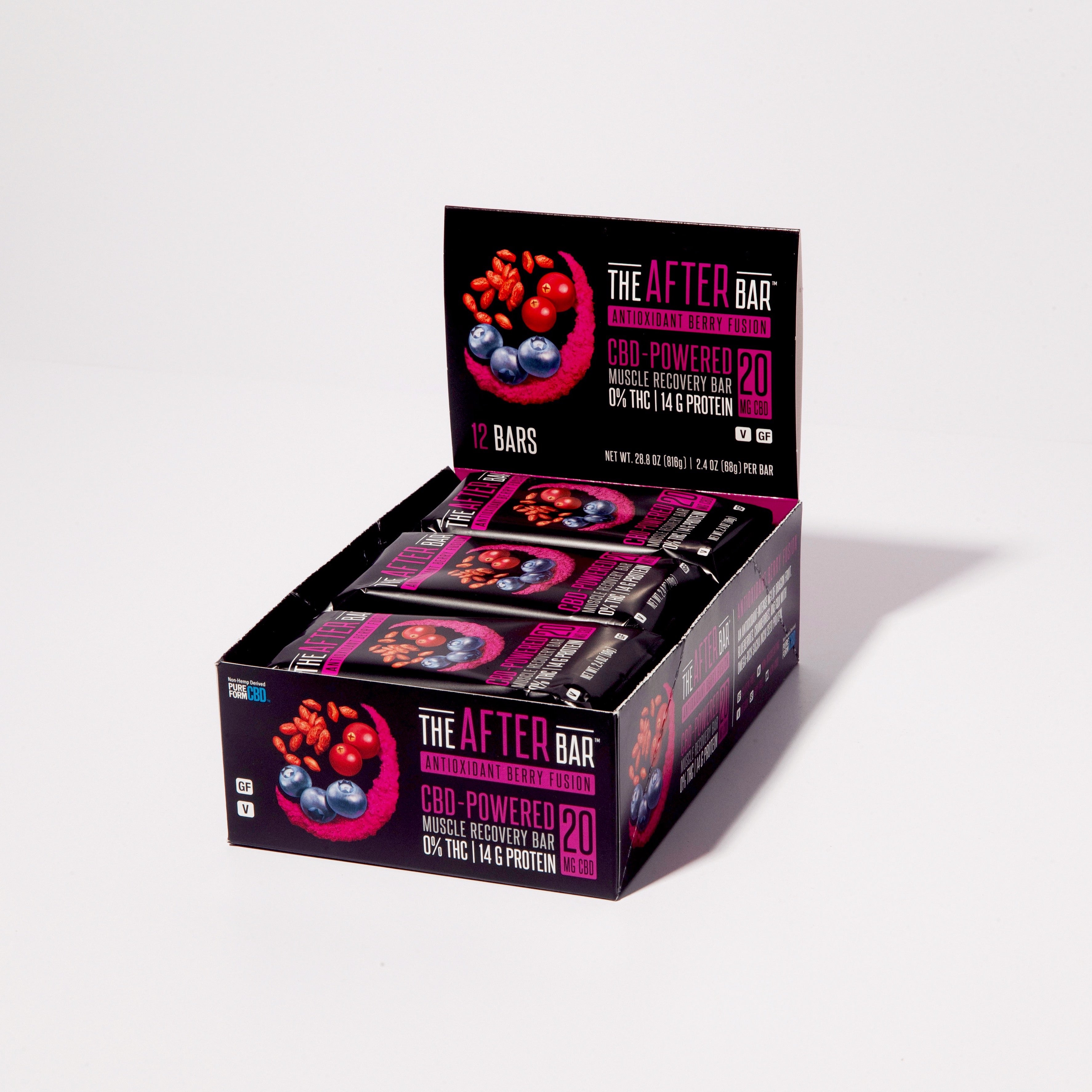
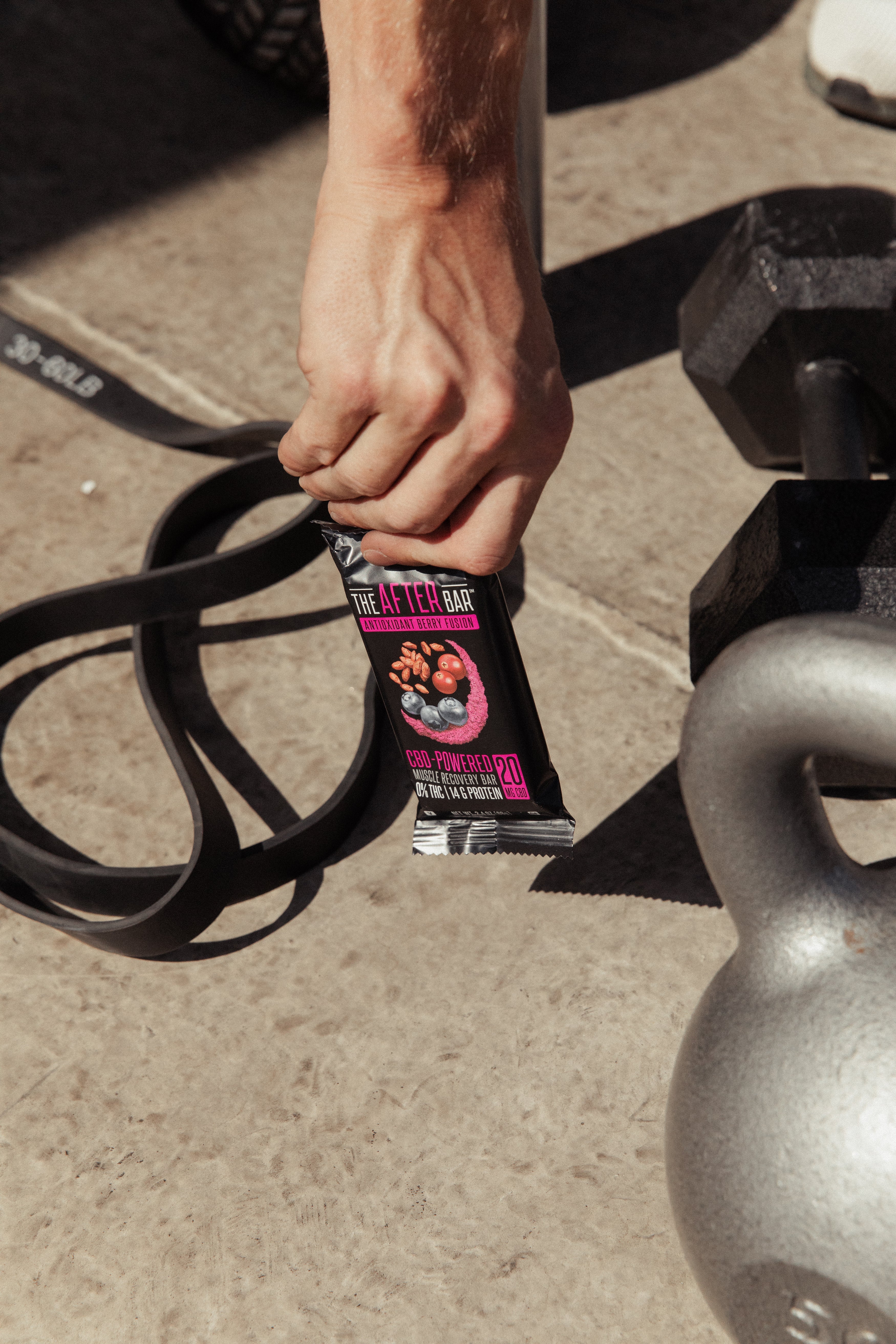
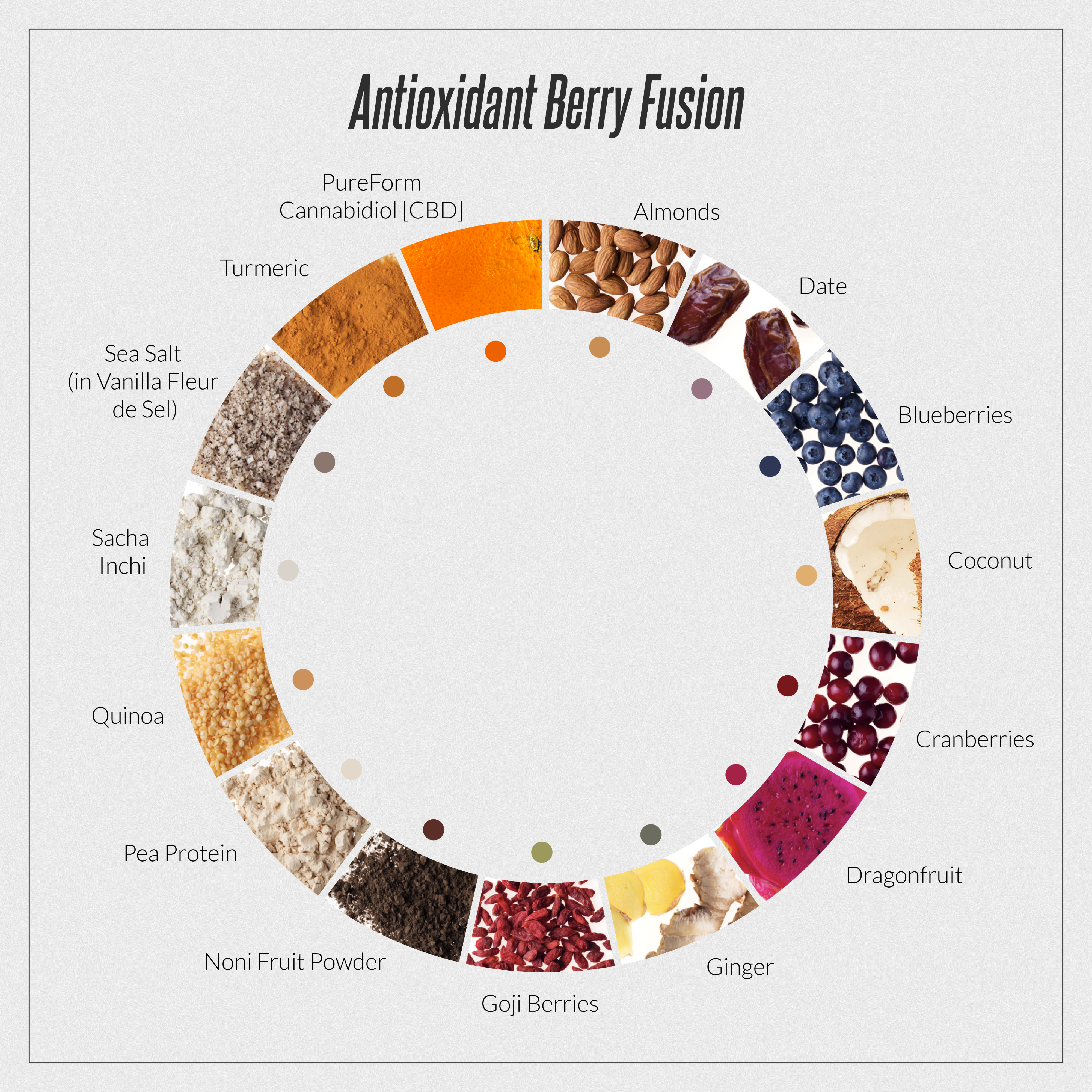
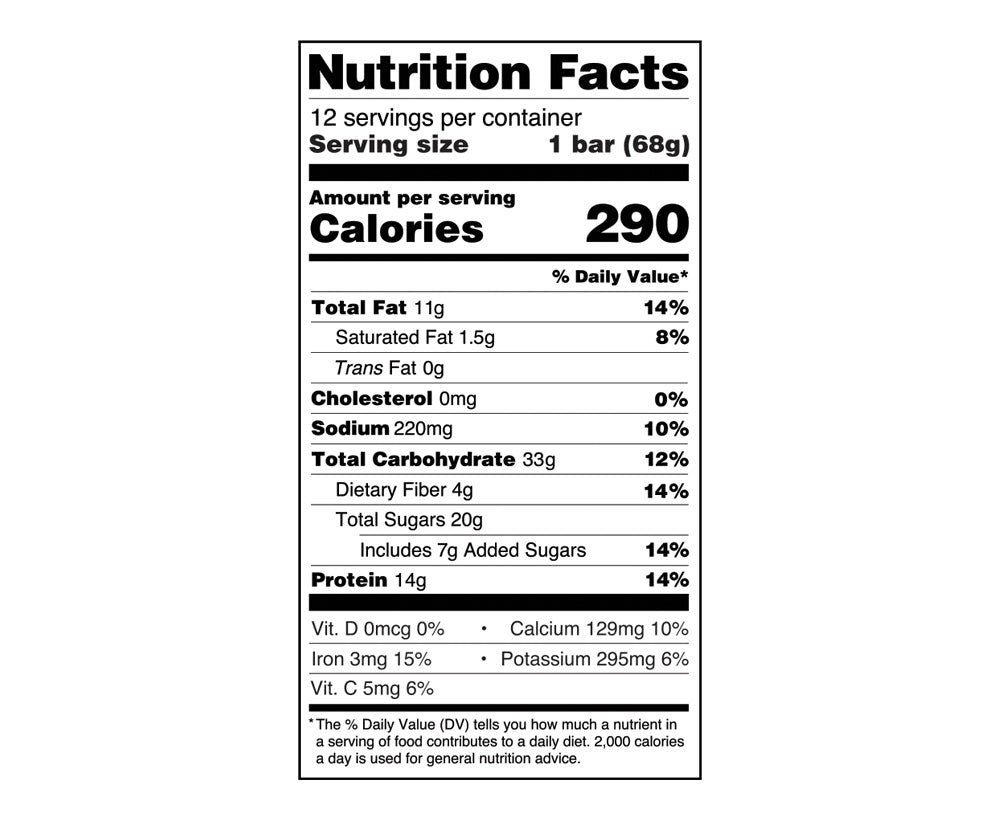
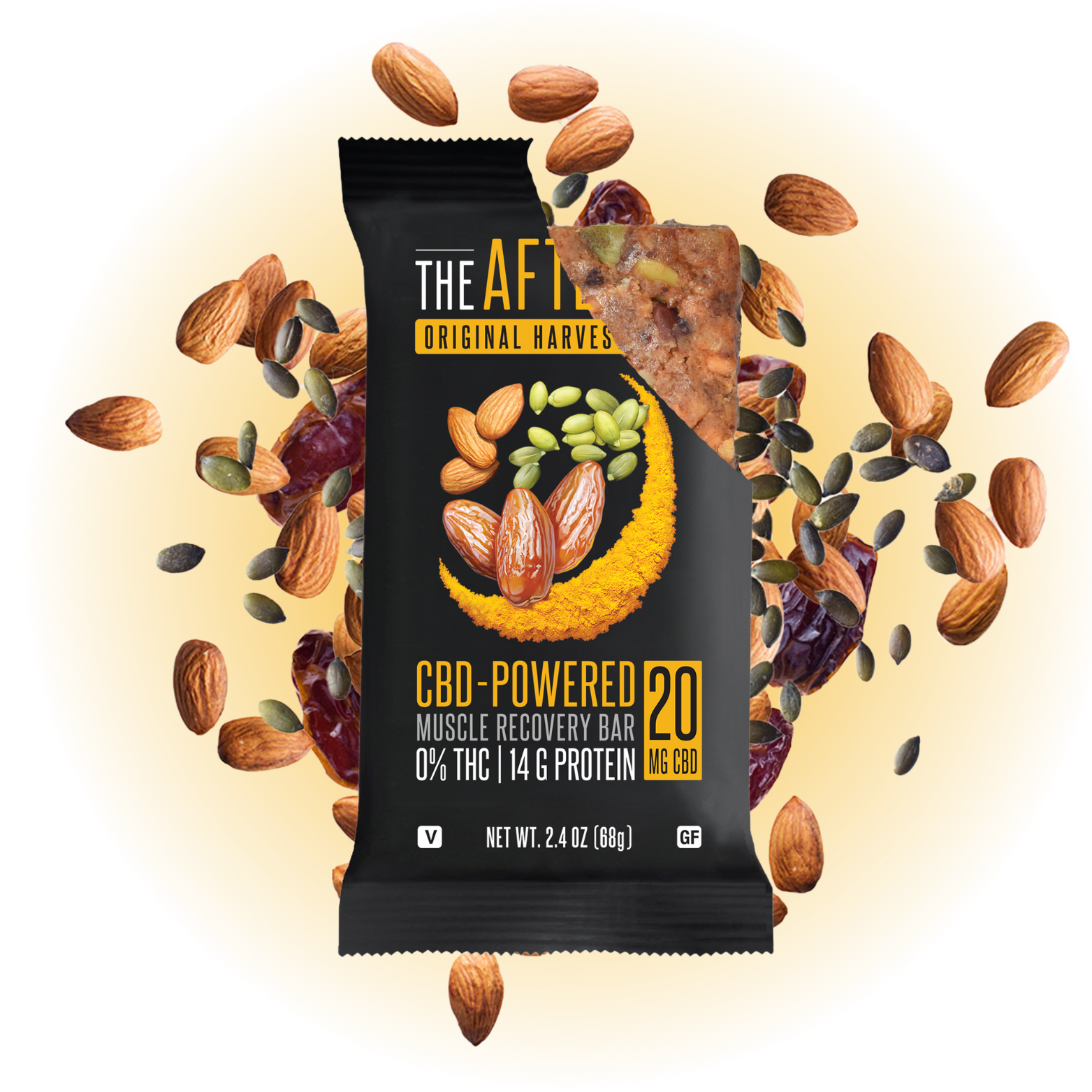
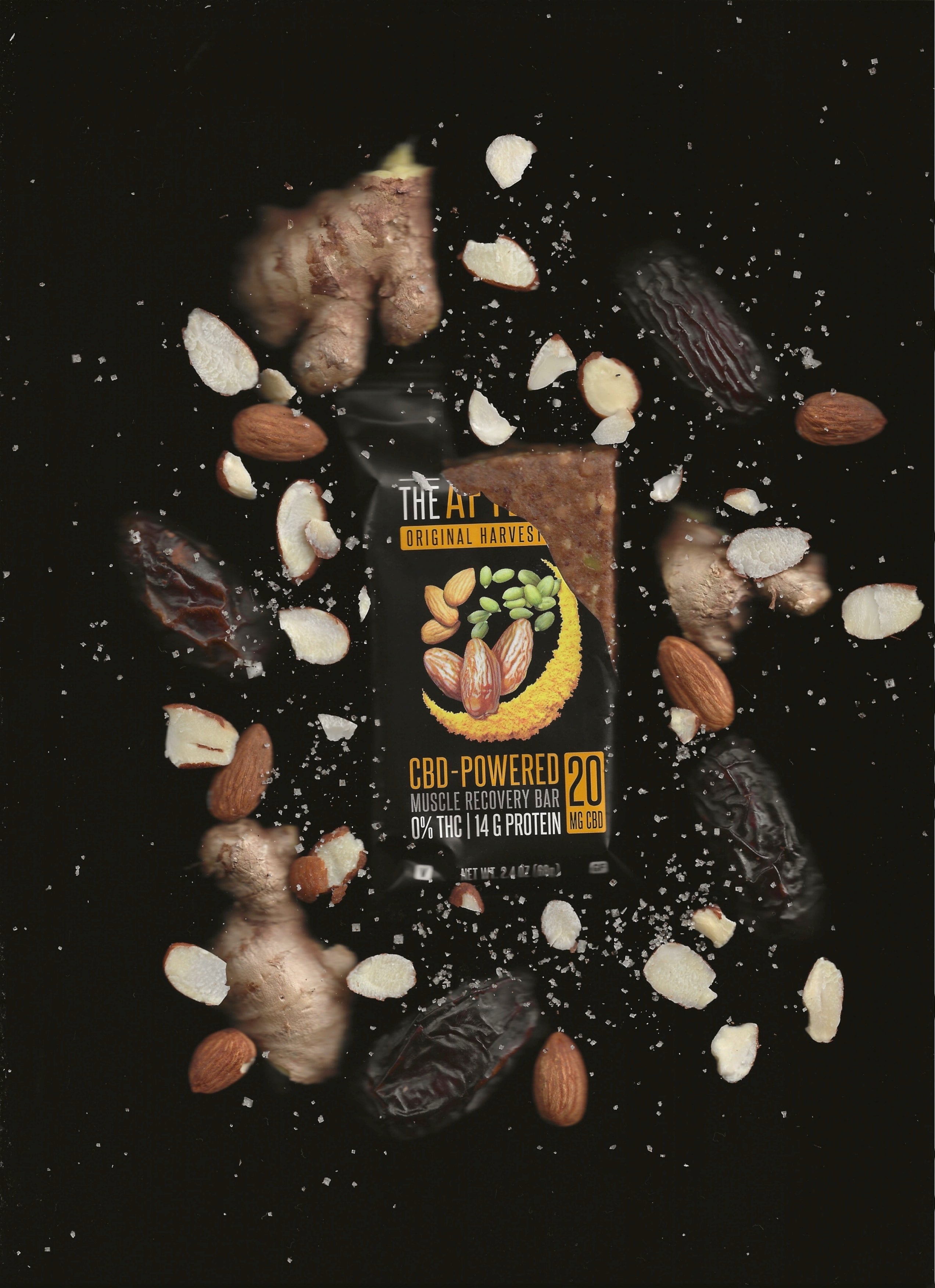
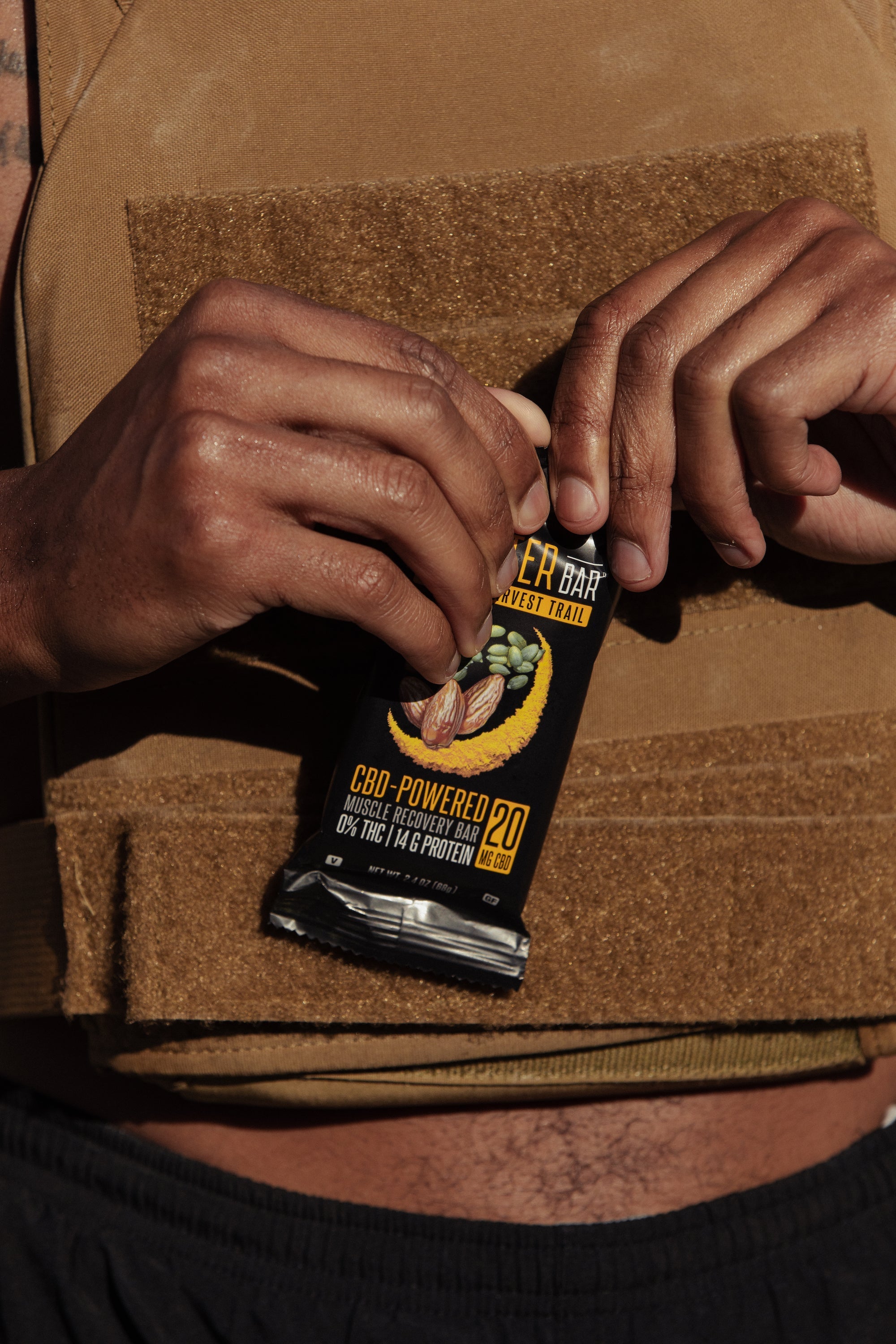
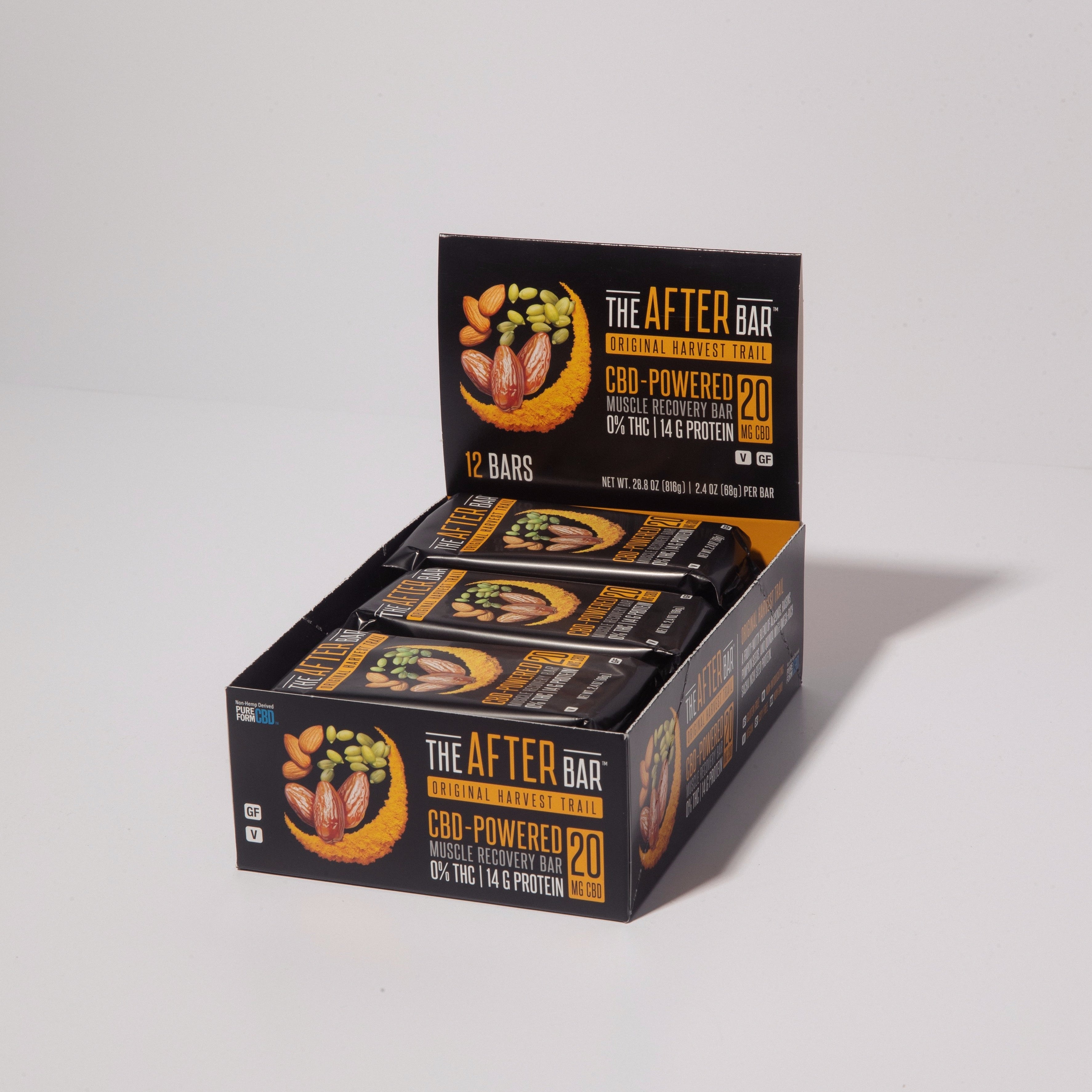
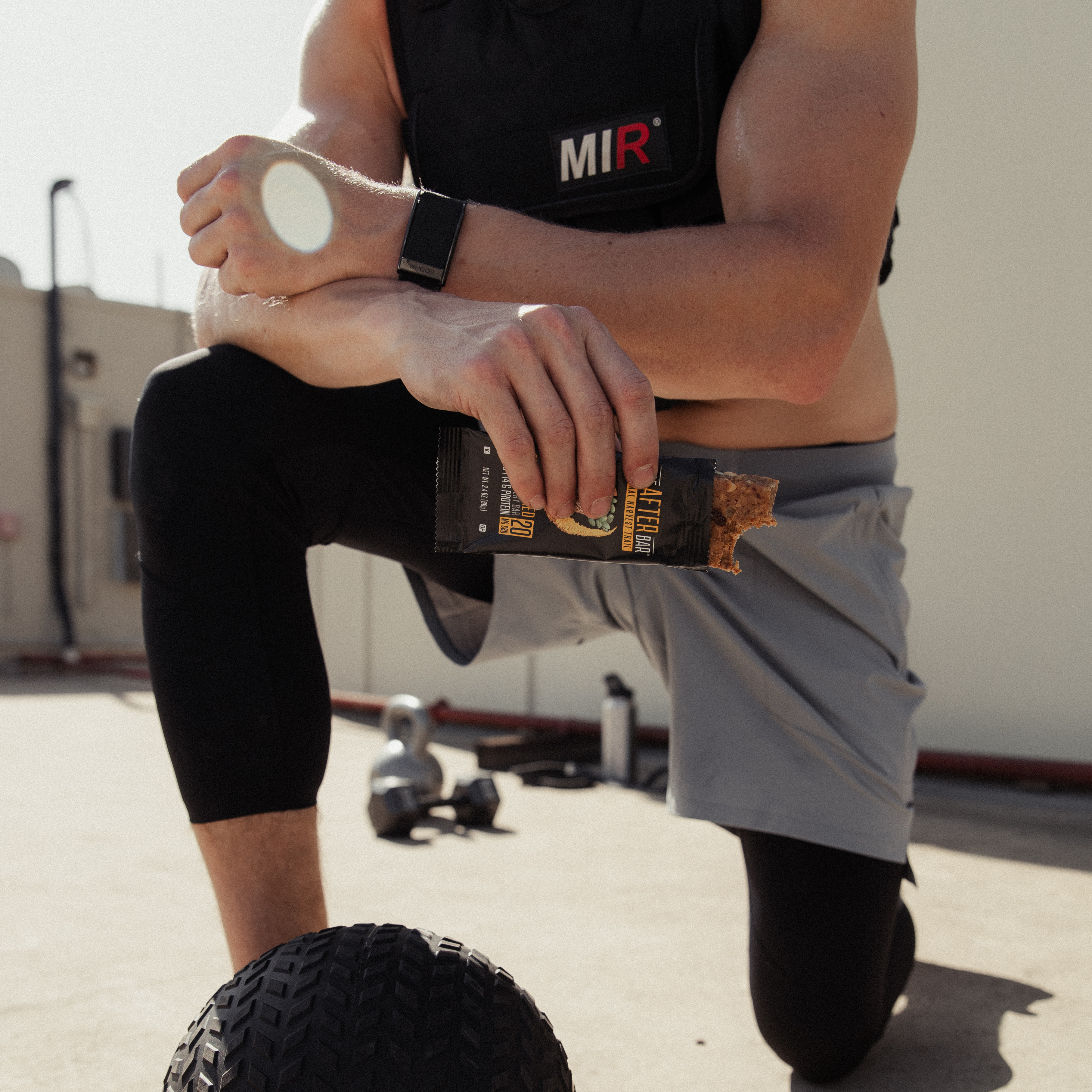
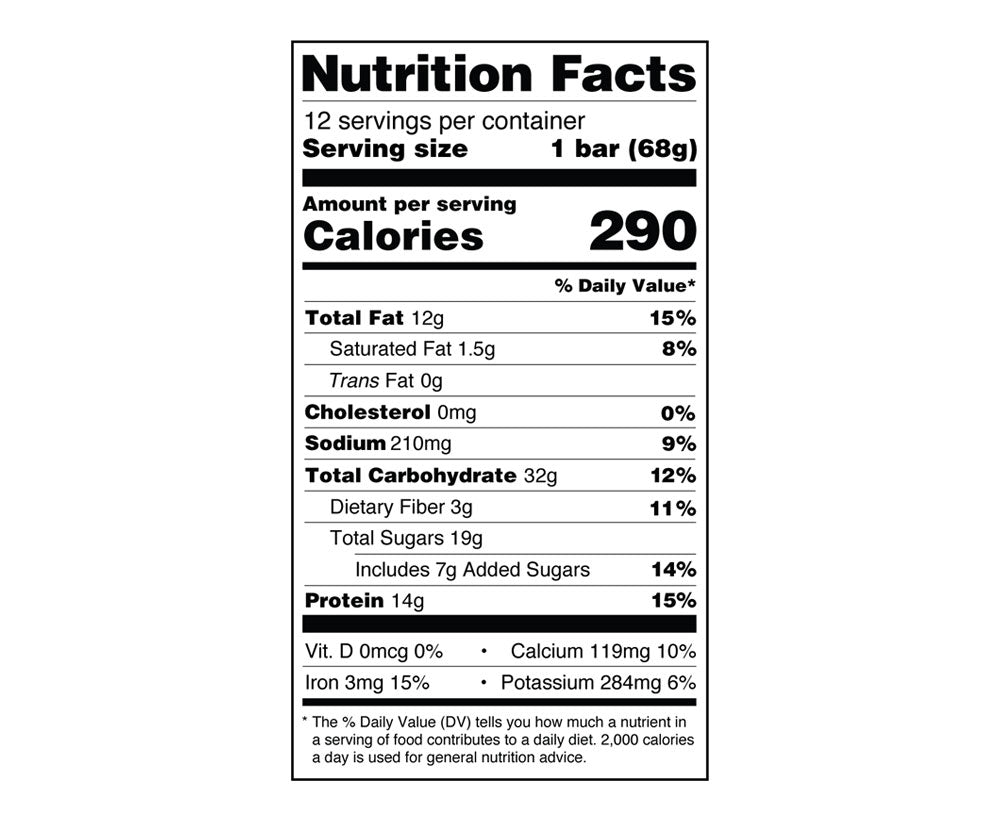
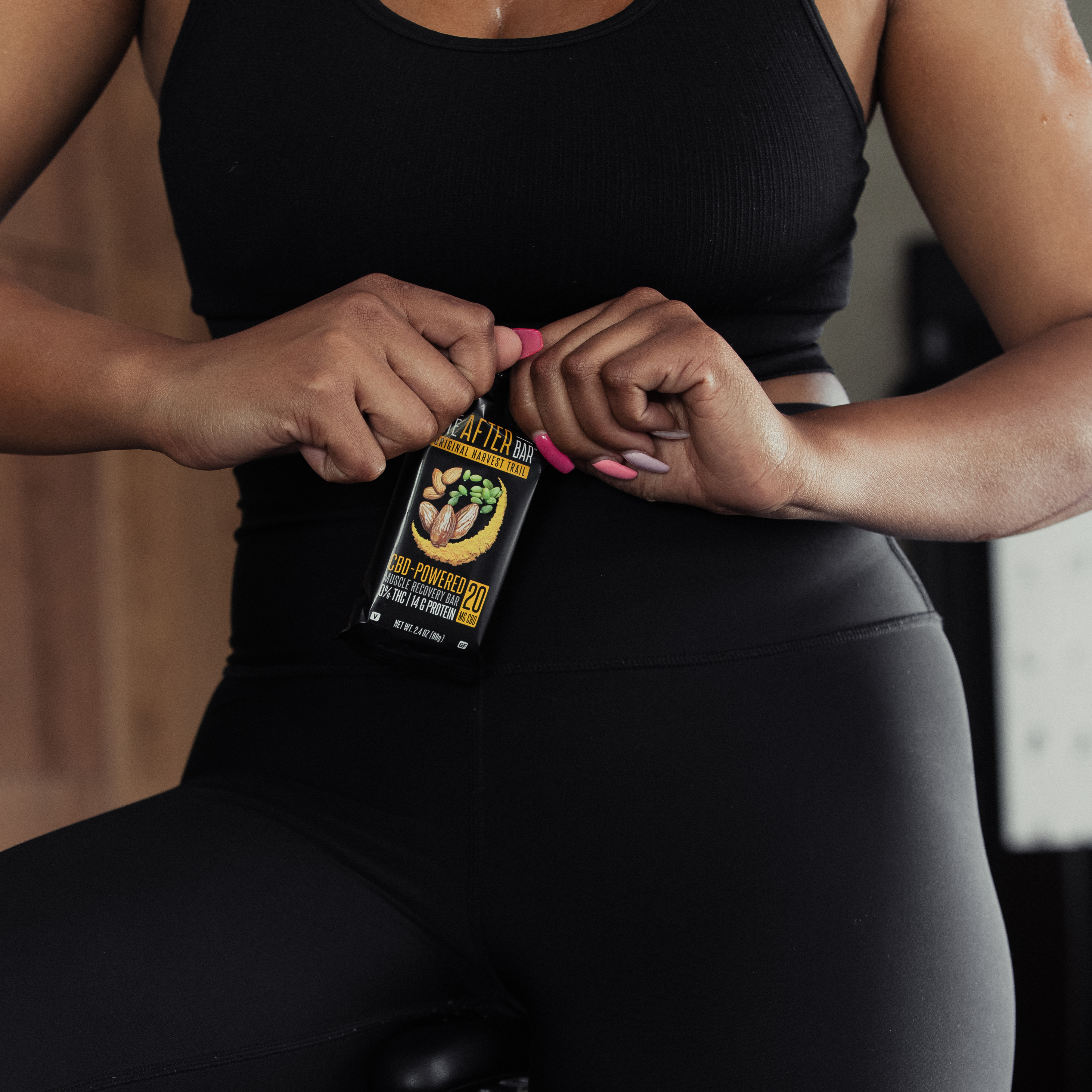
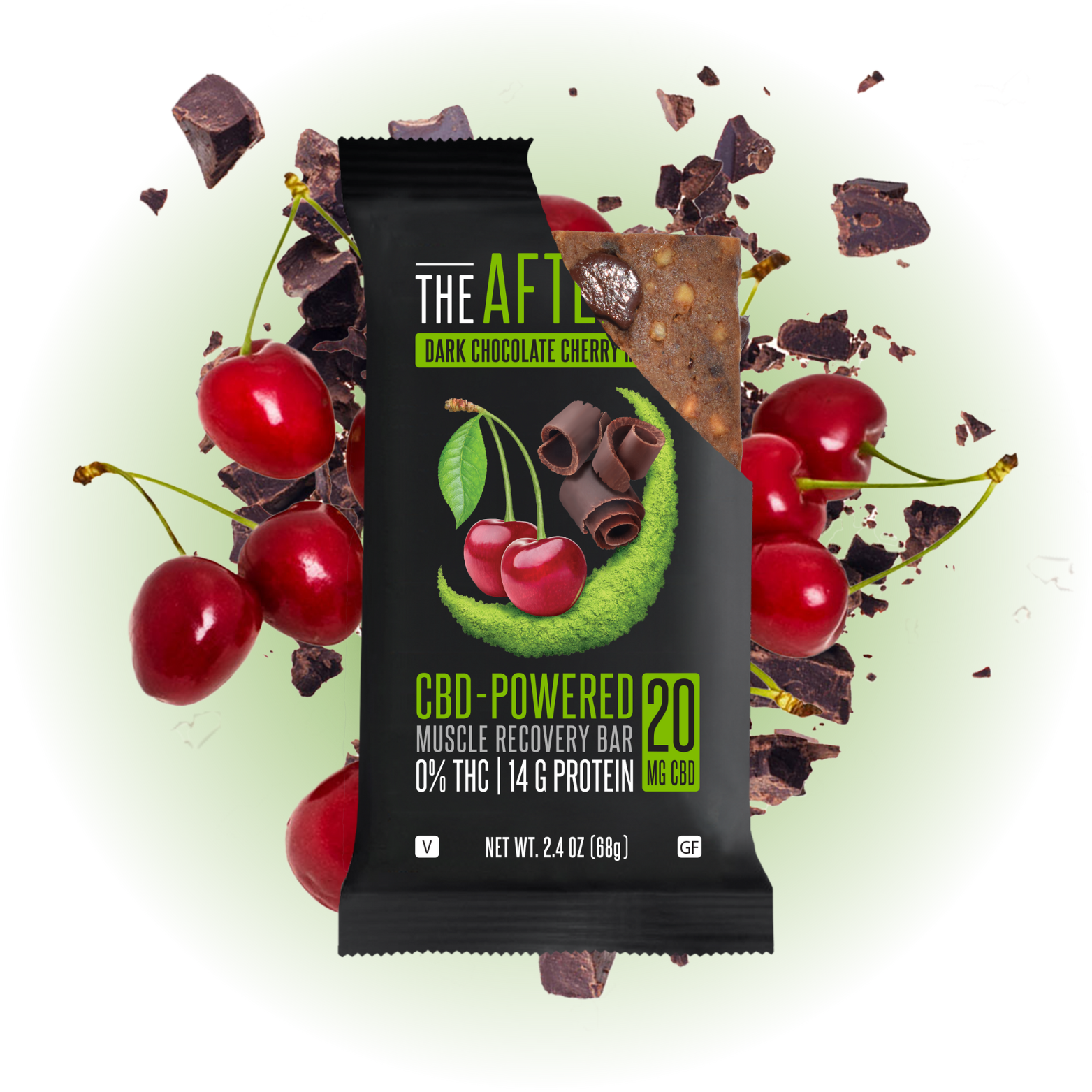
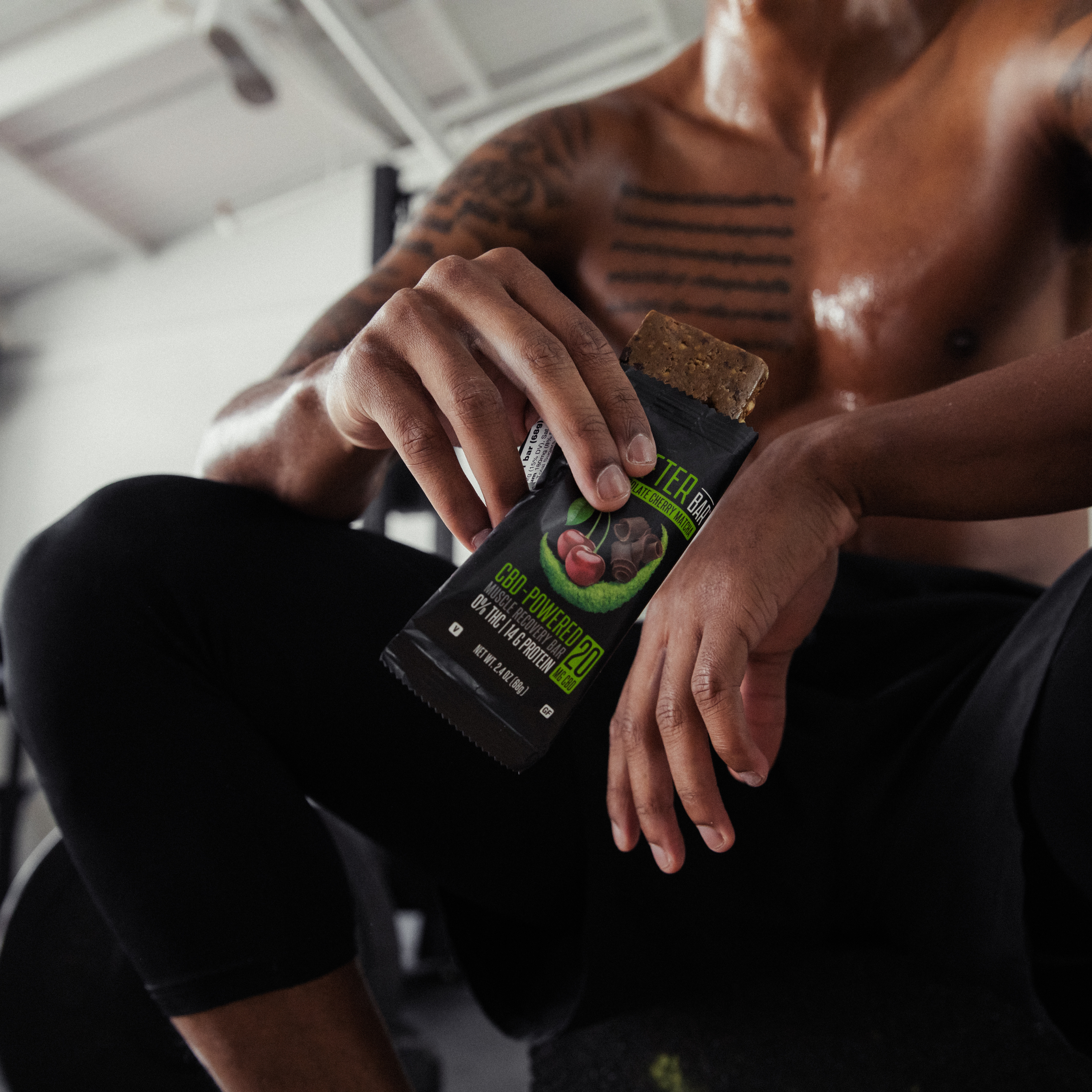
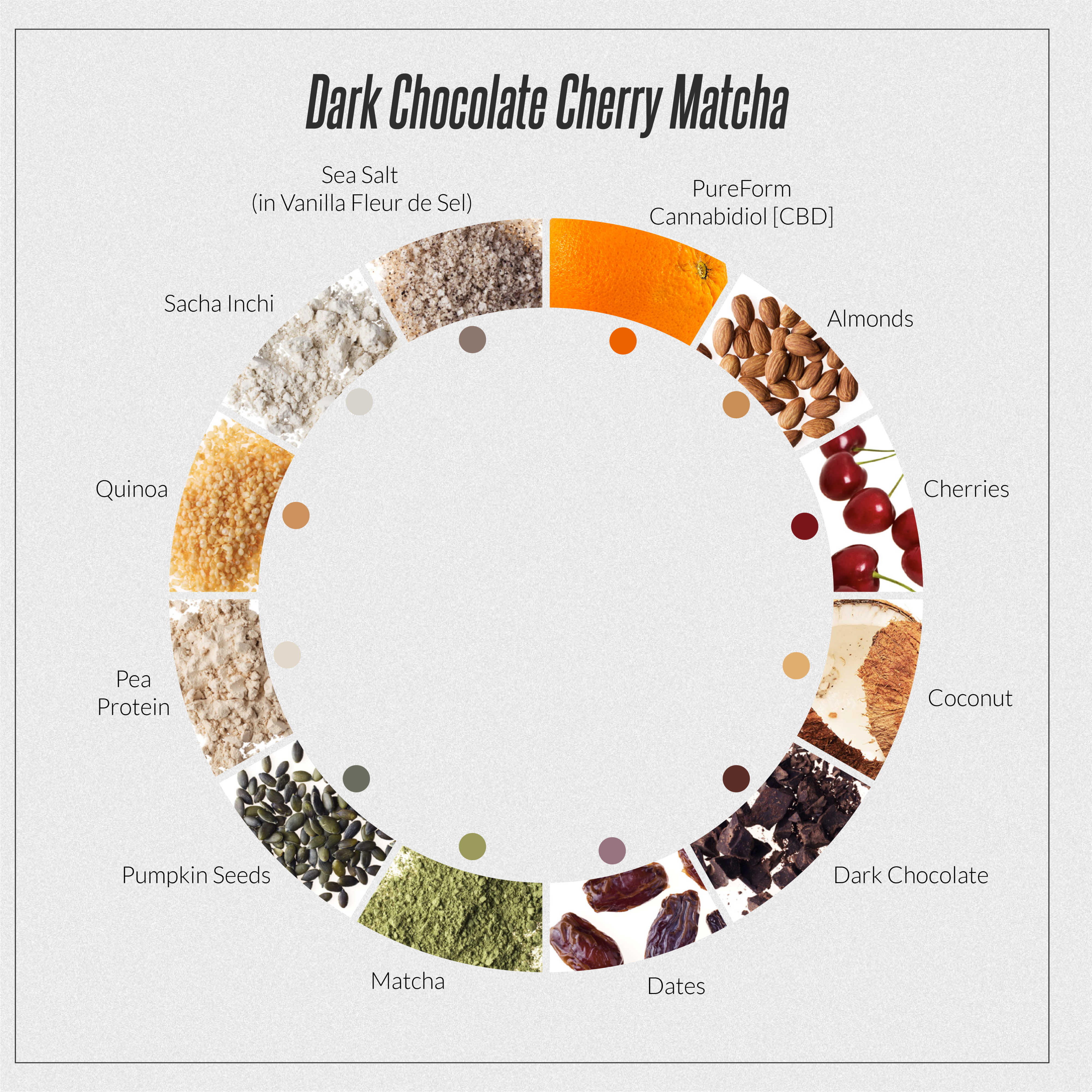
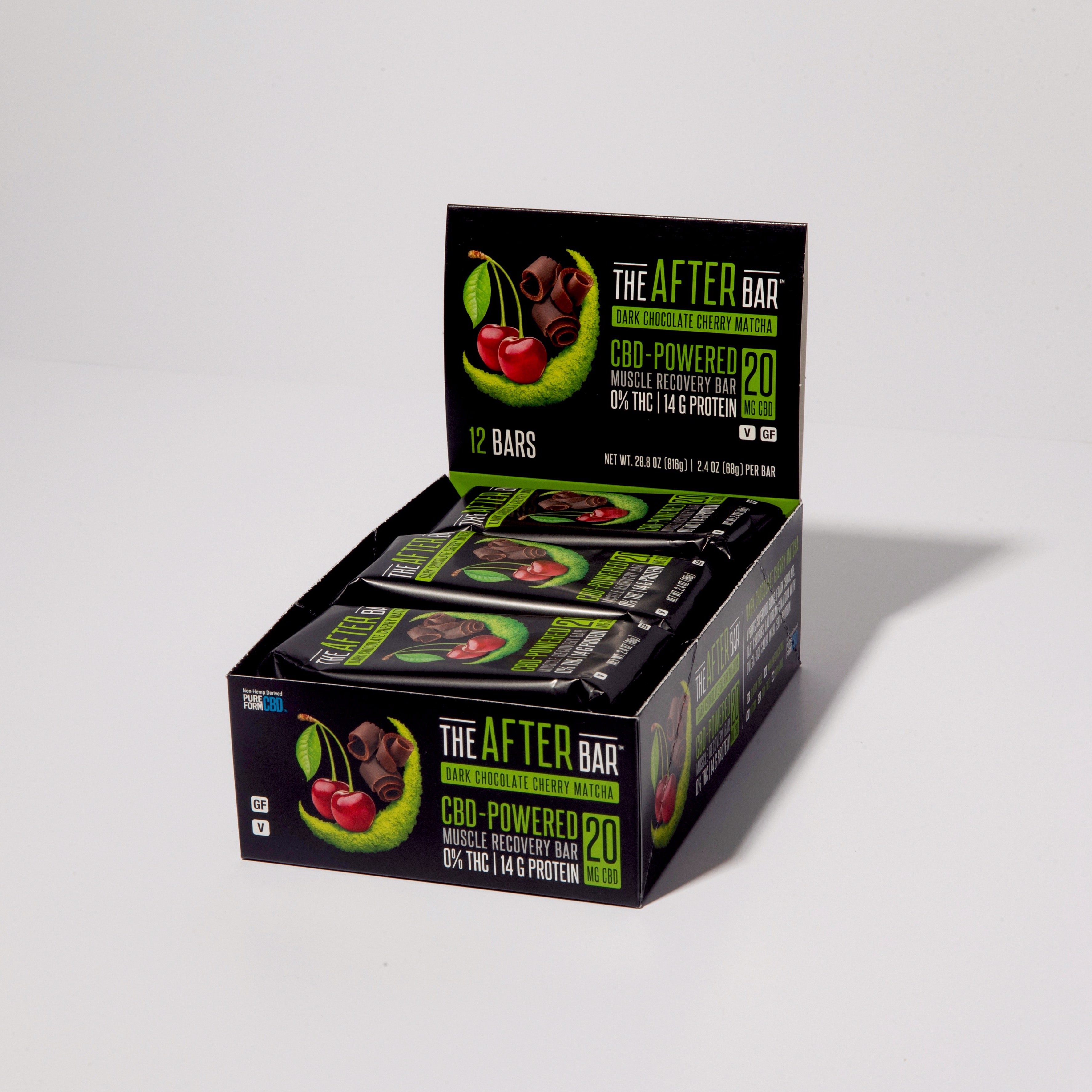
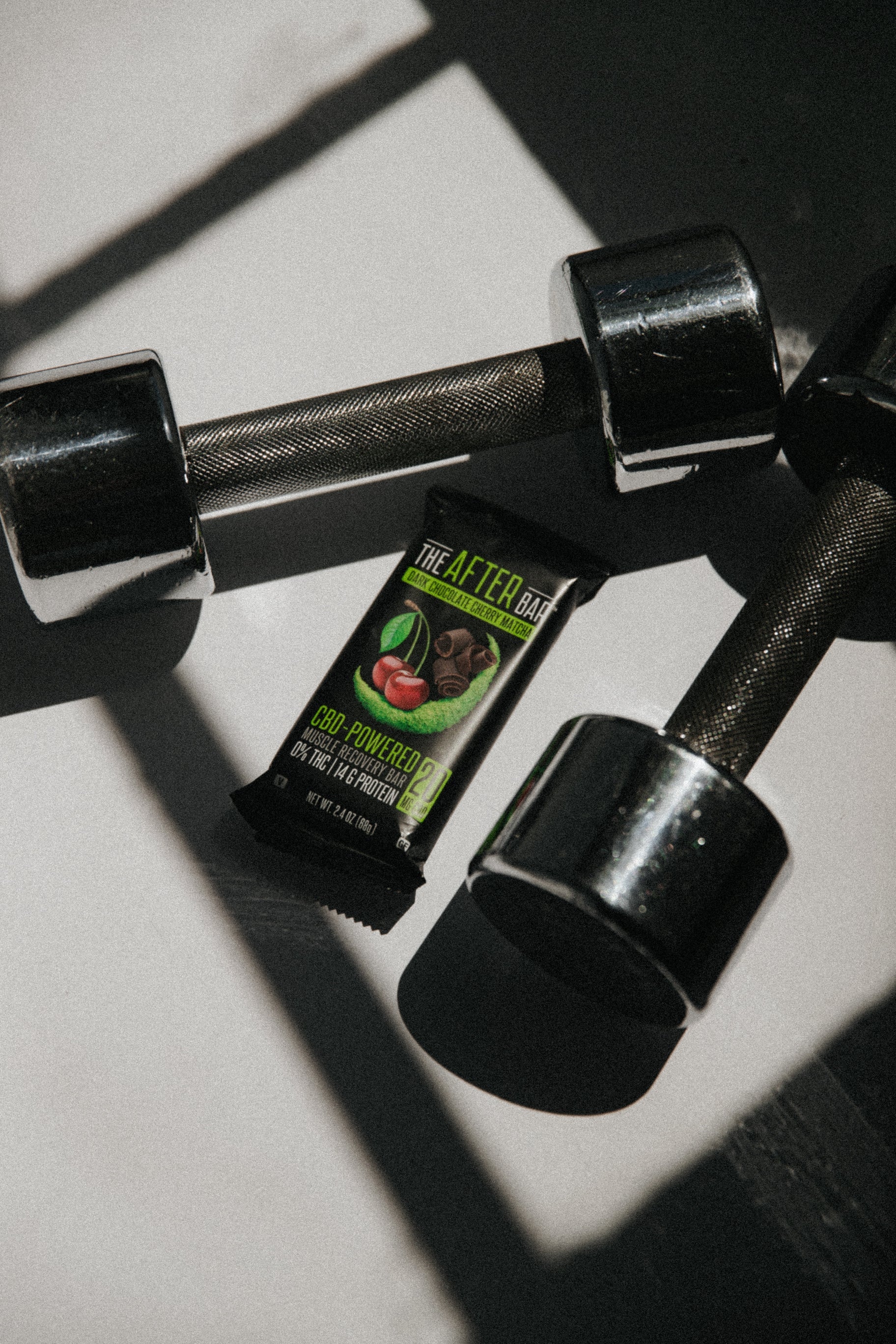
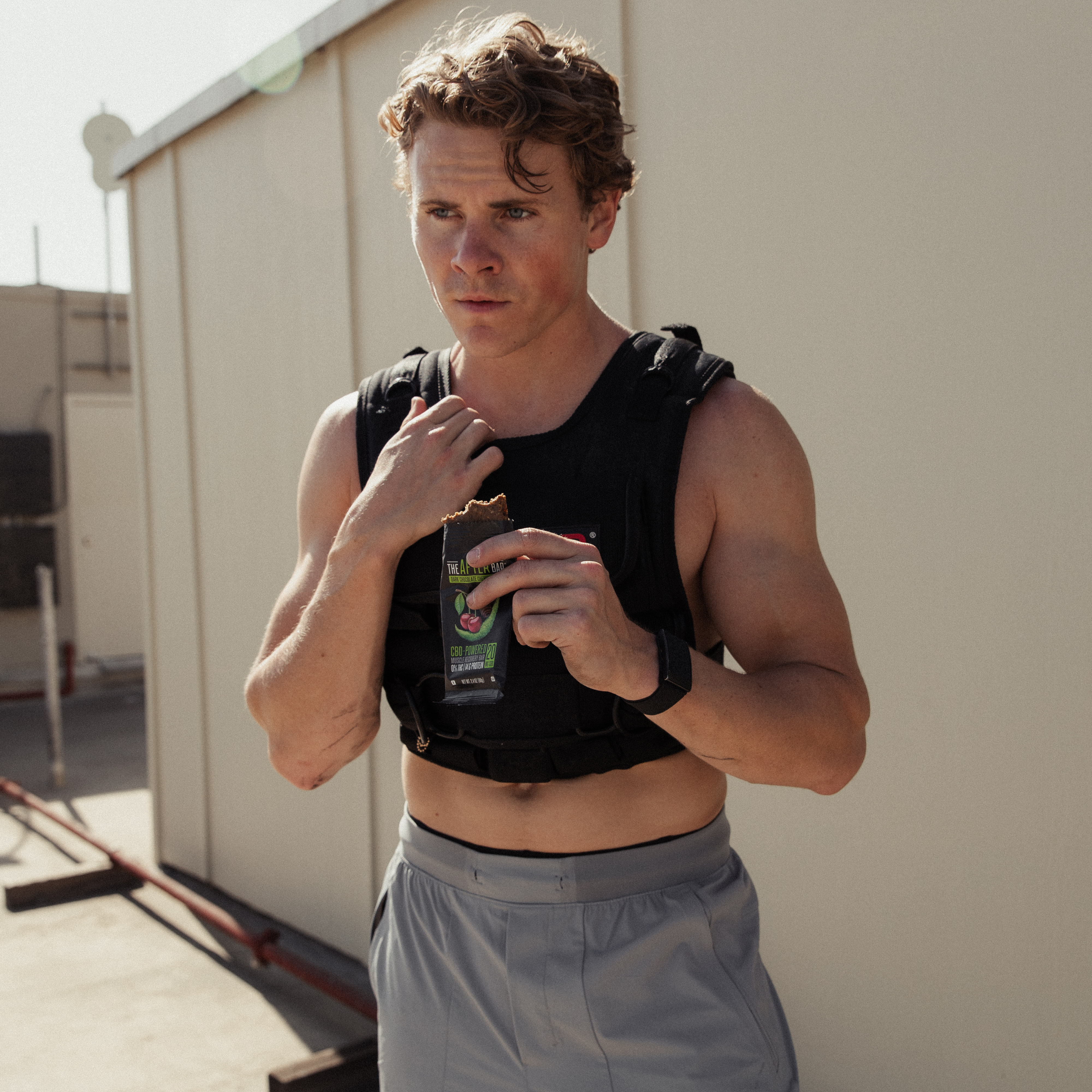
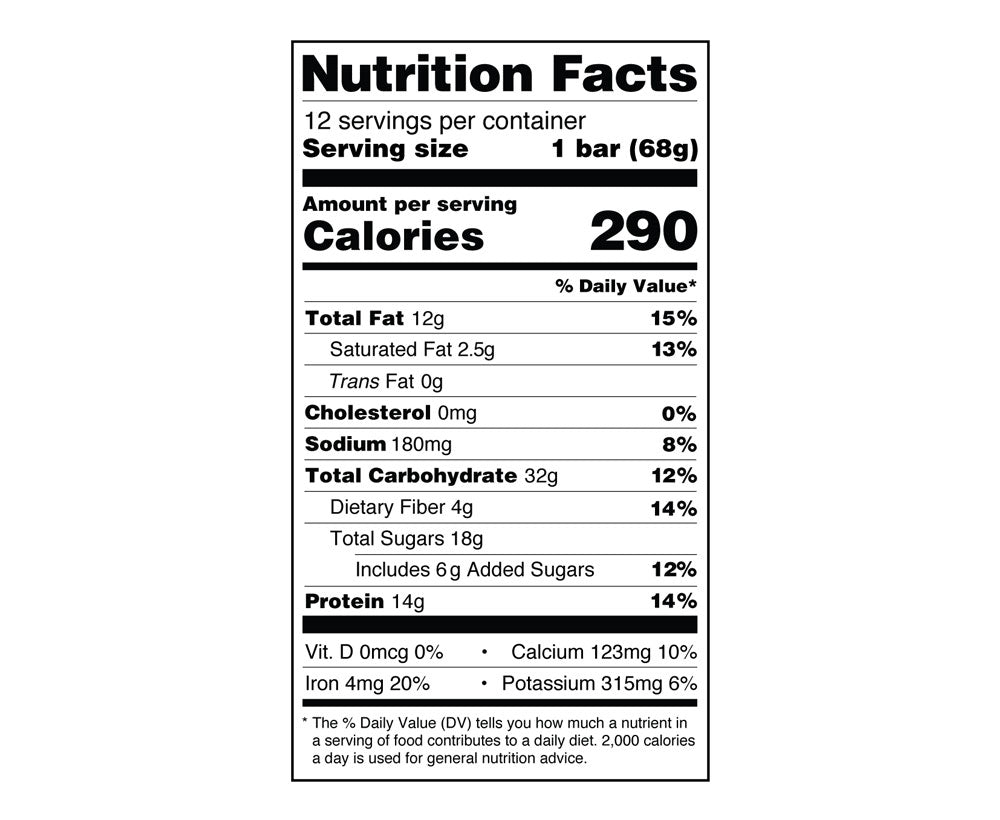
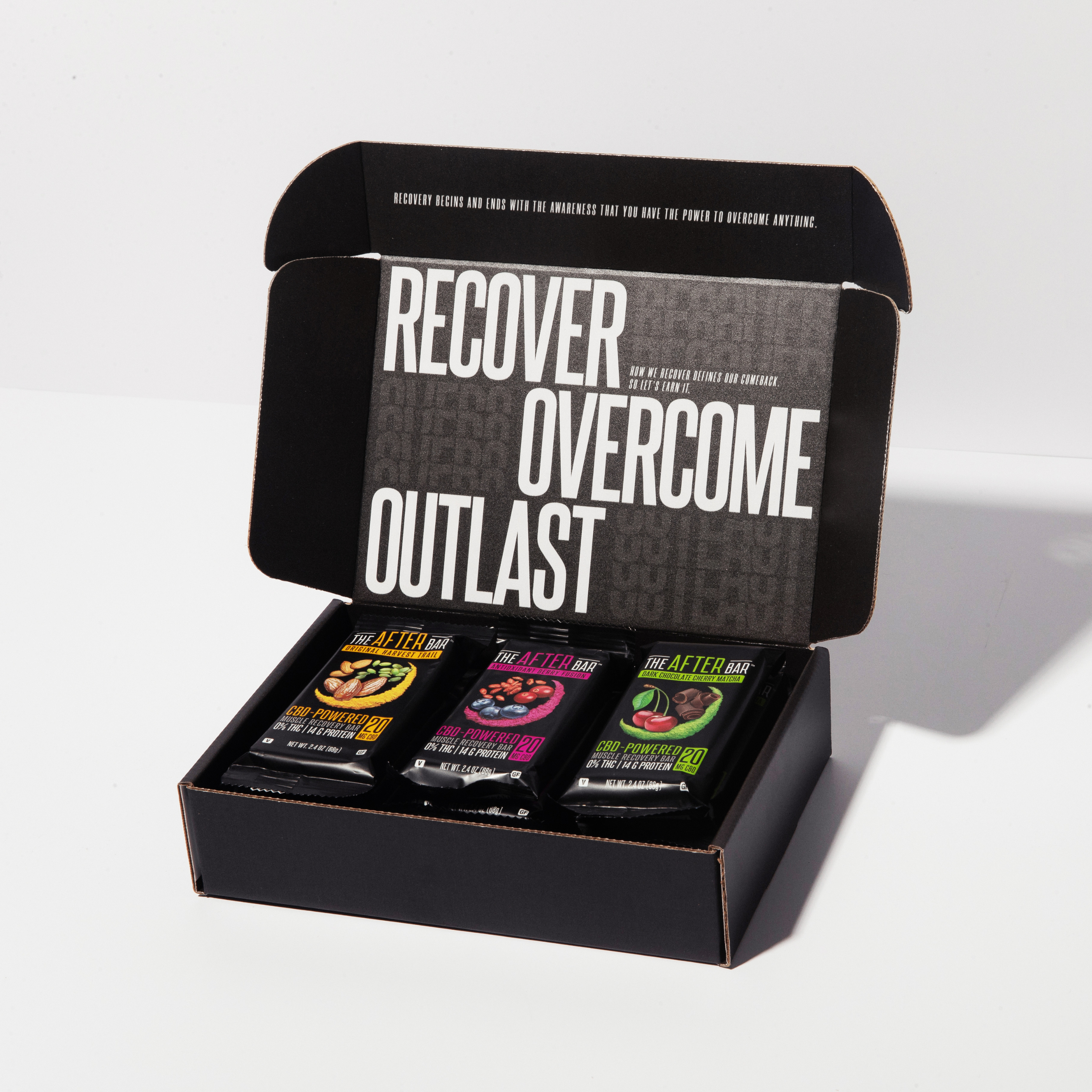
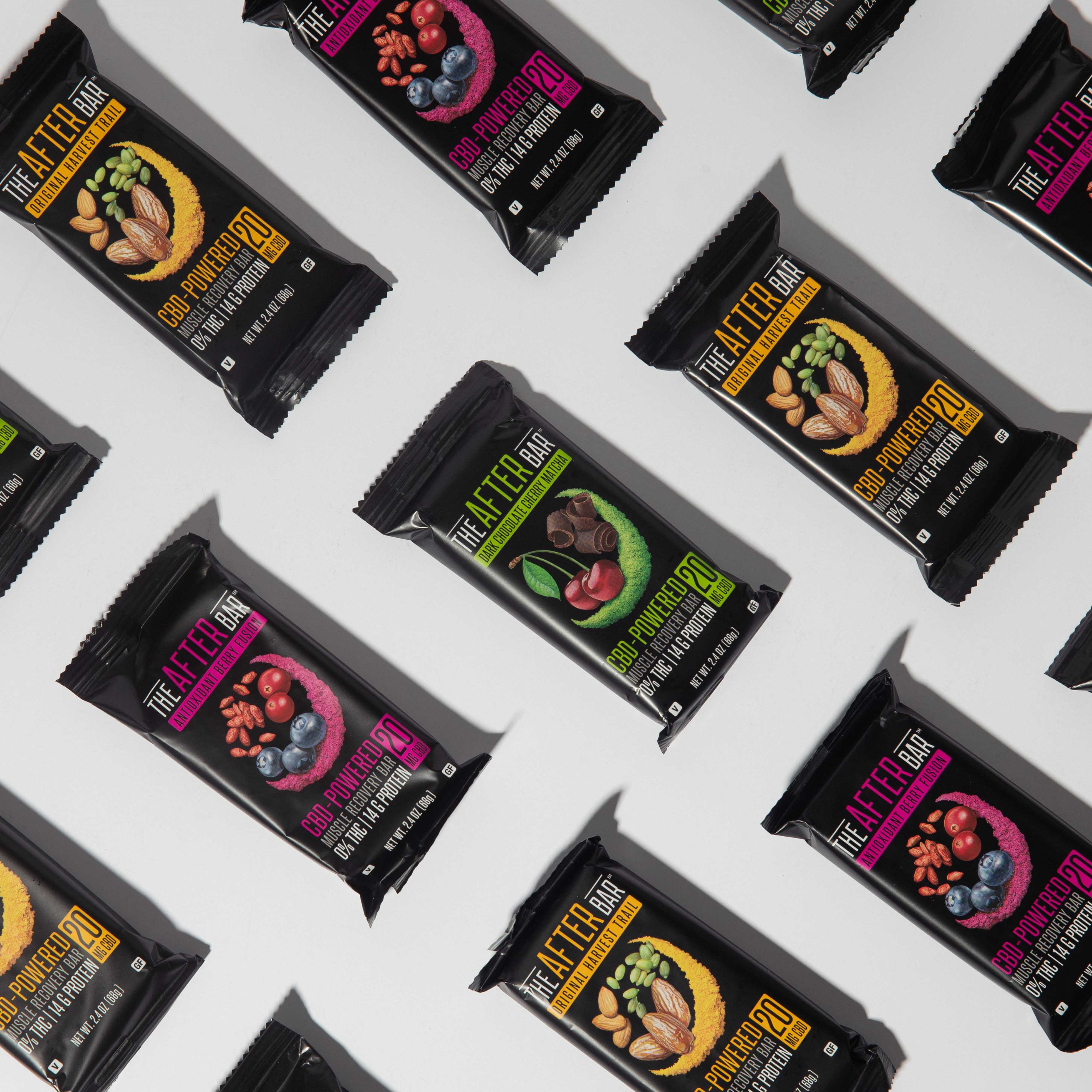
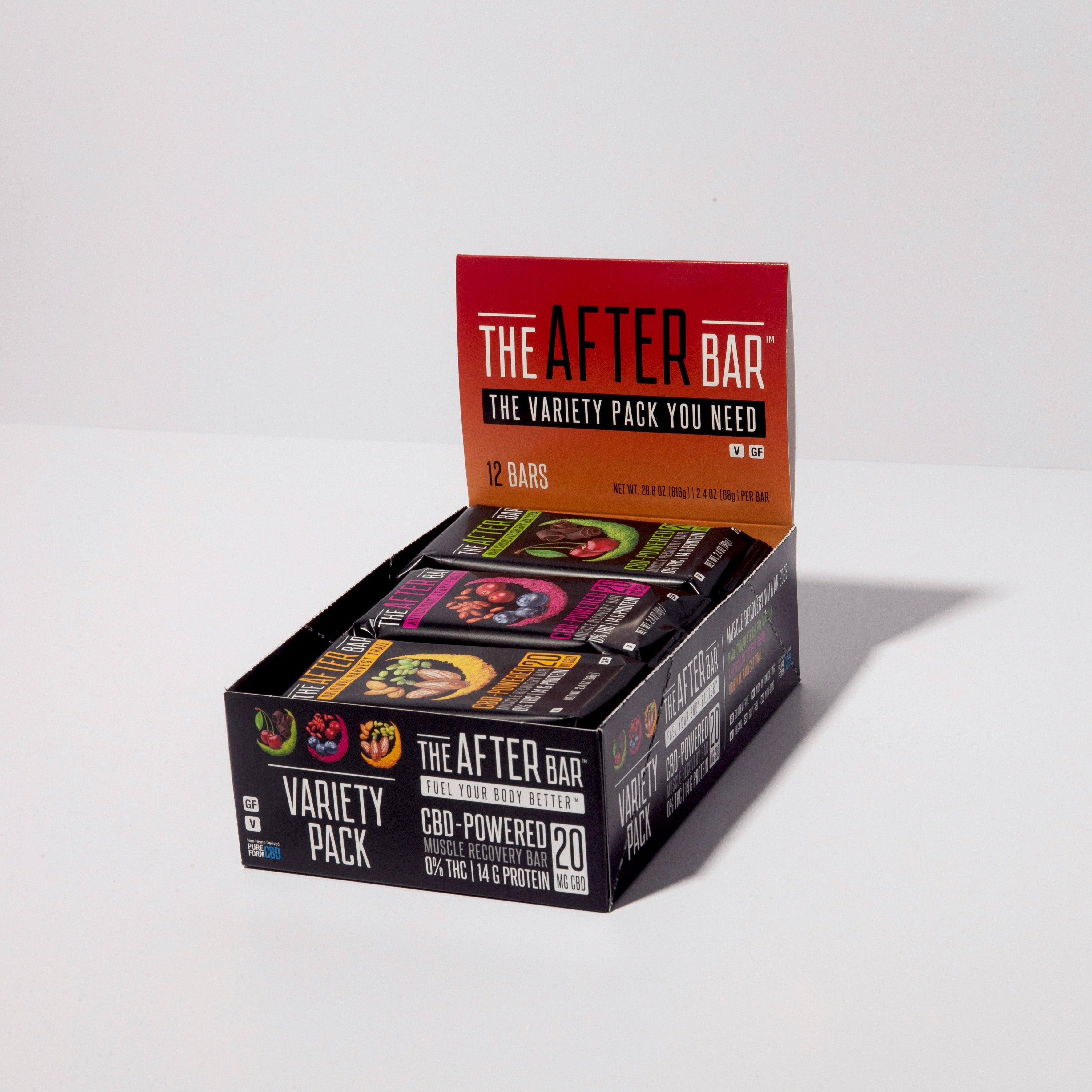
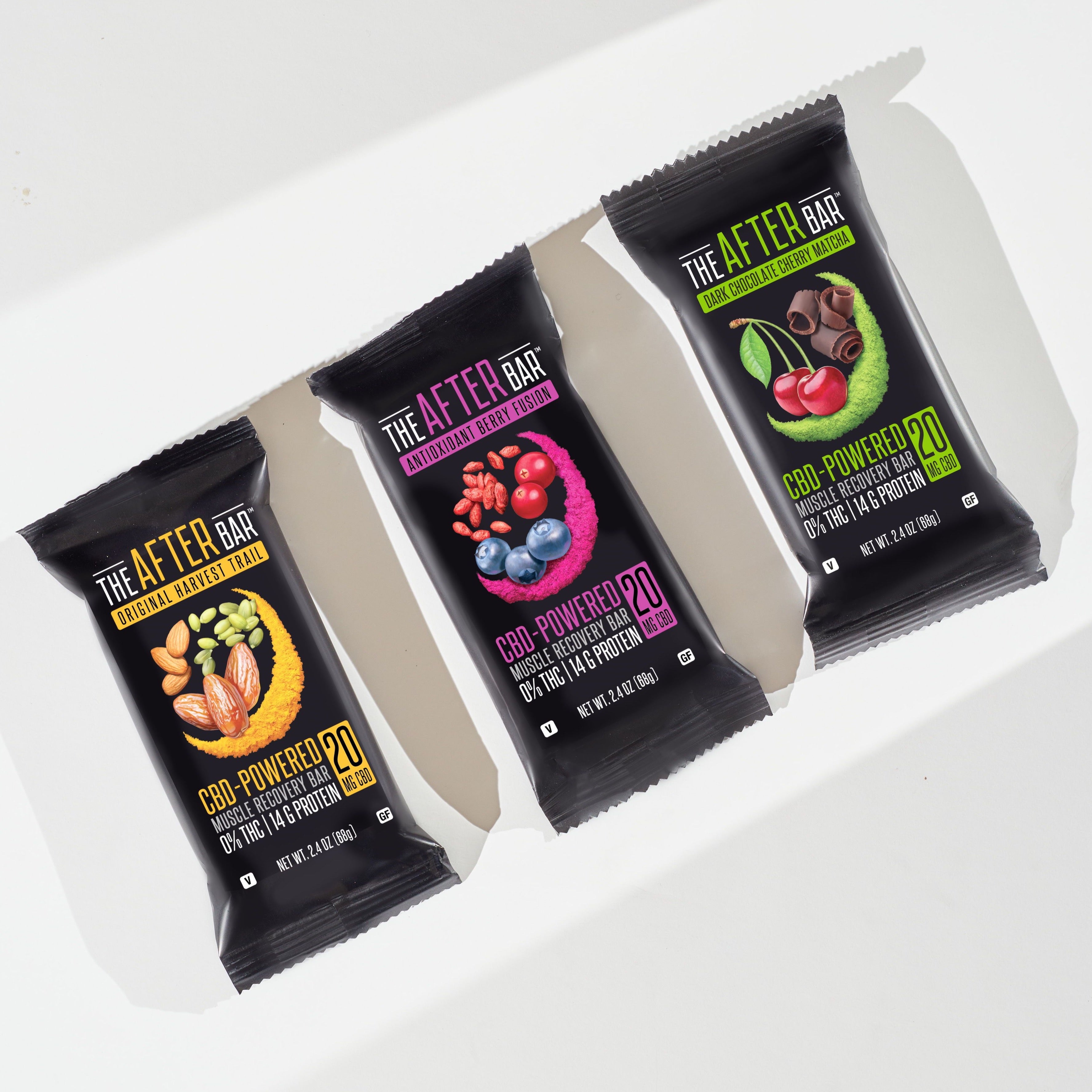
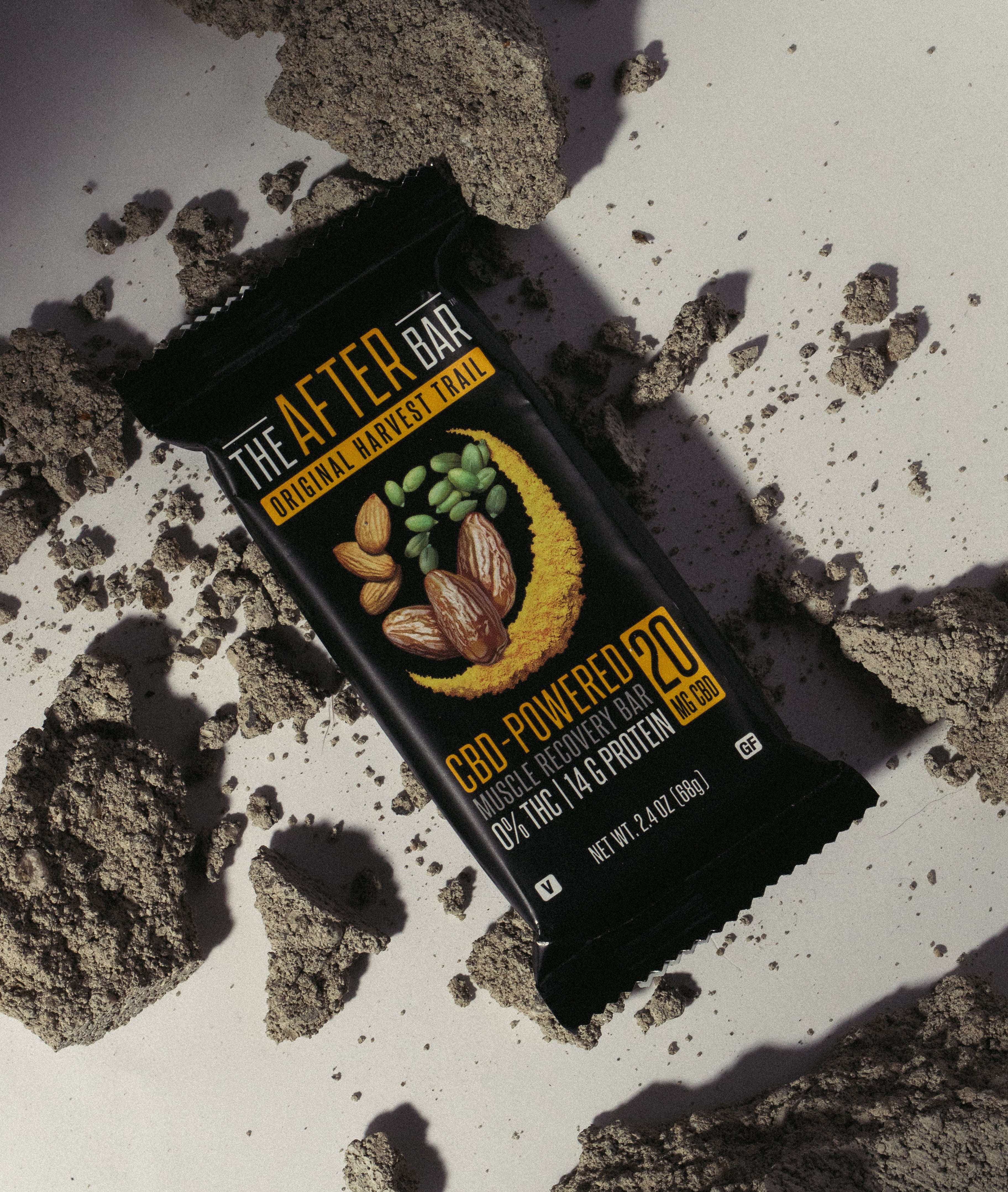
Leave a comment